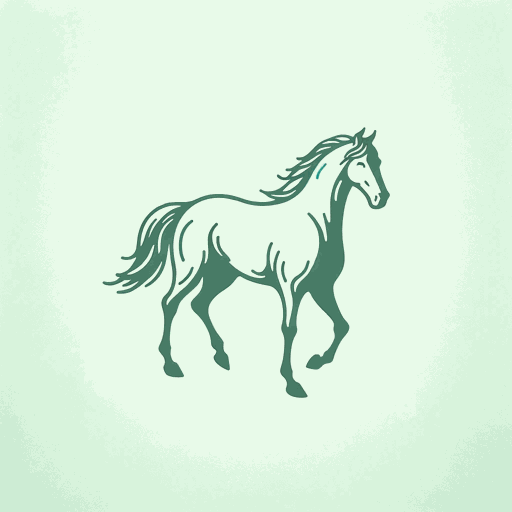48 pages • 1 hour read
C. S. LewisThe Horse And His Boy
Fiction | Novel | Middle Grade | Published in 1954A modern alternative to SparkNotes and CliffsNotes, SuperSummary offers high-quality Study Guides with detailed chapter summaries and analysis of major themes, characters, and more.
Symbols & Motifs
The Lion and the Donkey
One symbol that Lewis uses to demonstrate the glory, power, and regal bearing of his Christ figure throughout the Narnian books is the depiction of Aslan as a lion. This would be a particularly appealing and obvious connection for his primary audience, British schoolchildren, since the lion has been the symbol of English royalty for centuries. In describing Aslan as the largest, grandest, and most awe-inspiring of lions, he is further developing the idea of Christ’s grandeur.
Since it is characteristic of Lewis to provide contrasts in every aspect of his stories, in the final chapter of the book he transforms Rabadash, the Calormen crown prince into a donkey, a braying symbol of that which is brash, annoying, and ridiculous, the exact opposite of the great Aslan. Contrasting the powerless donkey to the all-powerful lion for Lewis is an ultimate statement of Christ’s immense power.
Light Versus Dark
Related Titles
By C. S. Lewis
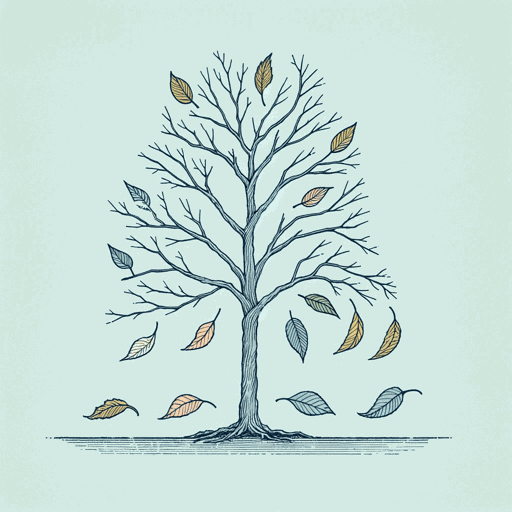
A Grief Observed
C. S. Lewis
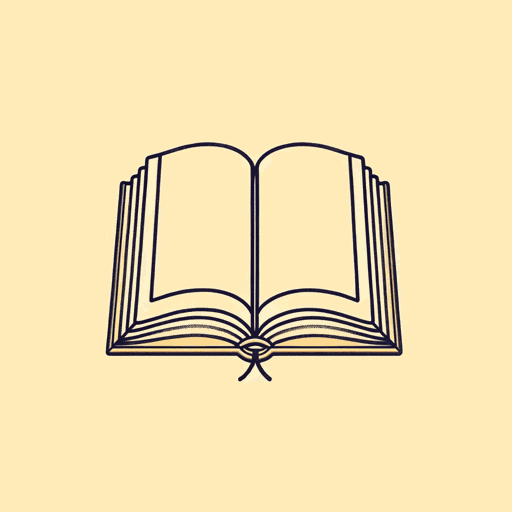
Mere Christianity
C. S. Lewis
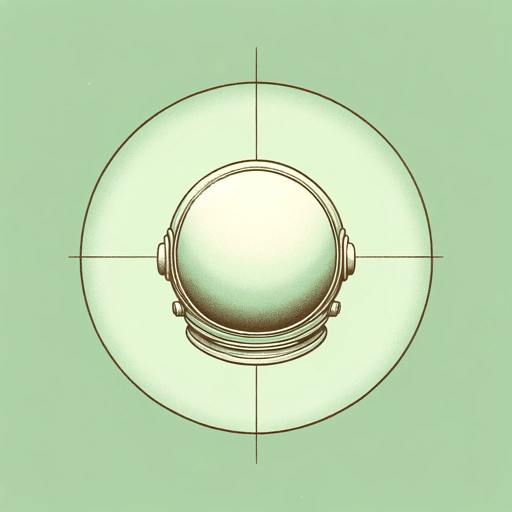
Out of the Silent Planet
C. S. Lewis

Perelandra
C. S. Lewis
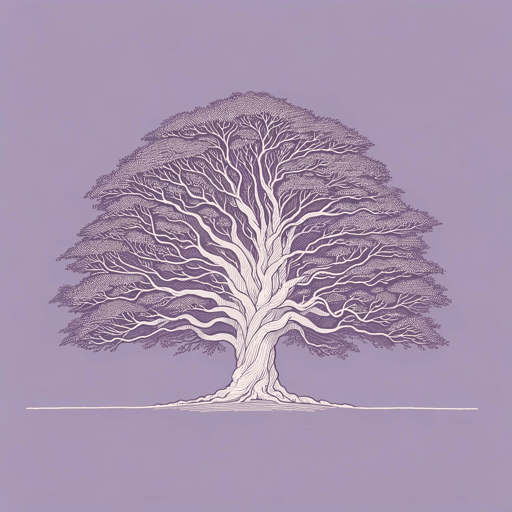
Prince Caspian
C. S. Lewis

Surprised by Joy
C. S. Lewis
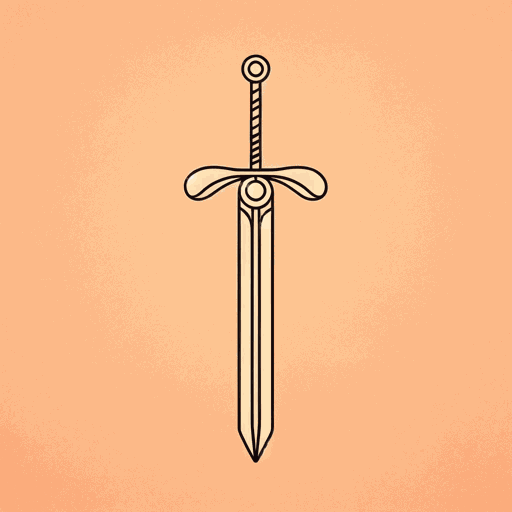
That Hideous Strength
C. S. Lewis
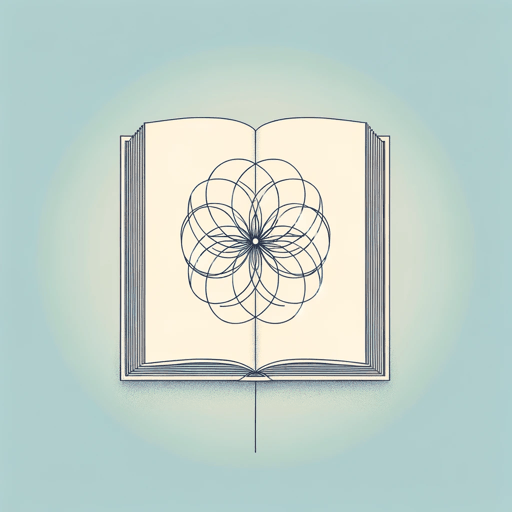
The Abolition of Man
C. S. Lewis

The Discarded Image
C. S. Lewis

The Four Loves
C. S. Lewis
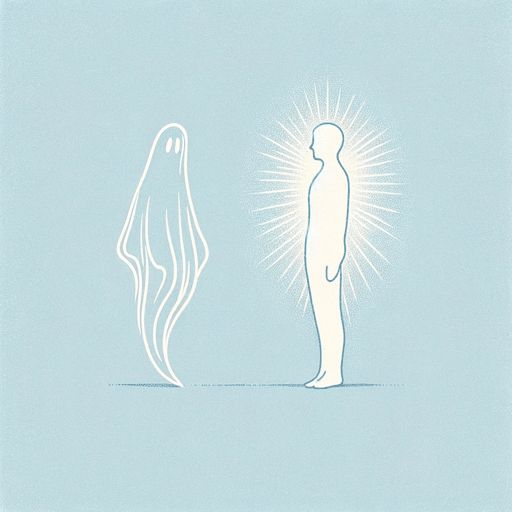
The Great Divorce
C. S. Lewis
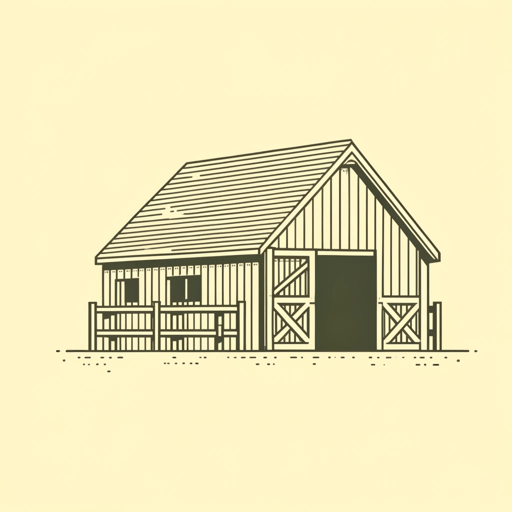
The Last Battle
C. S. Lewis
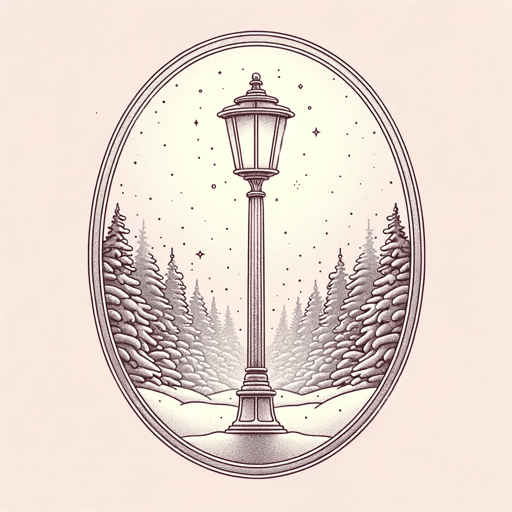
The Lion, the Witch and the Wardrobe
C. S. Lewis

The Magician's Nephew
C. S. Lewis
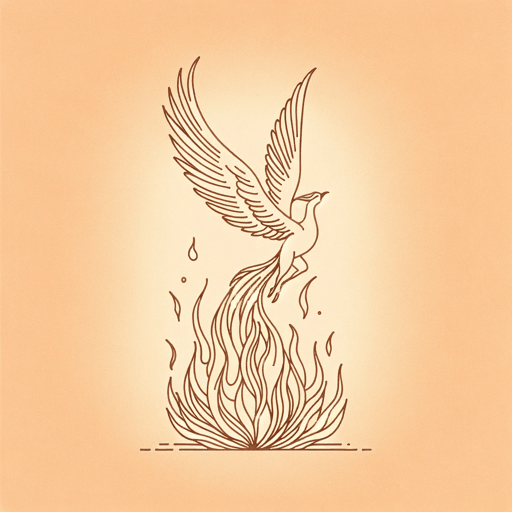
The Problem of Pain
C. S. Lewis

The Screwtape Letters
C. S. Lewis
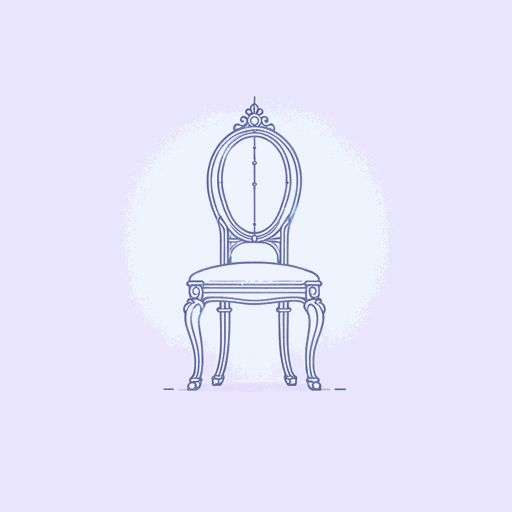
The Silver Chair
C. S. Lewis

The Voyage of the Dawn Treader
C. S. Lewis
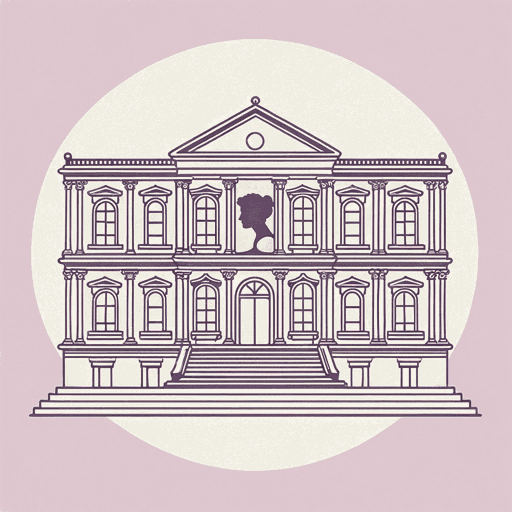
Till We Have Faces
C. S. Lewis
